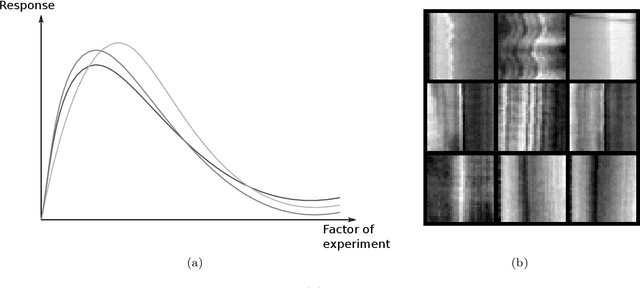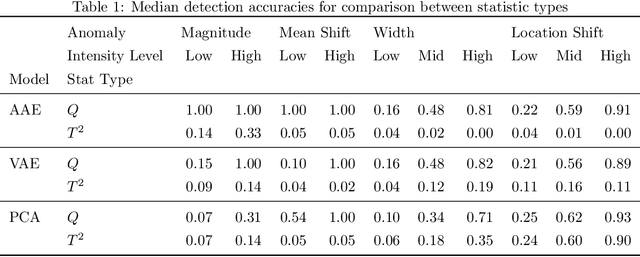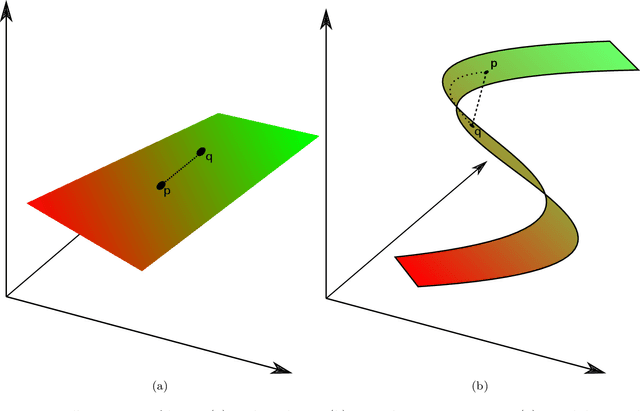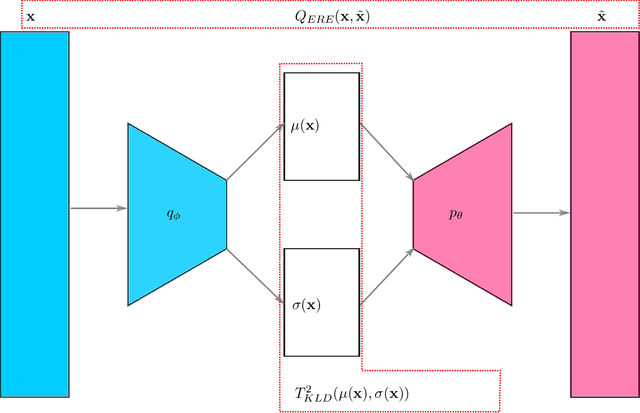Nurettin Sergin
Image-based Novel Fault Detection with Deep Learning Classifiers using Hierarchical Labels
Mar 26, 2024



Abstract:One important characteristic of modern fault classification systems is the ability to flag the system when faced with previously unseen fault types. This work considers the unknown fault detection capabilities of deep neural network-based fault classifiers. Specifically, we propose a methodology on how, when available, labels regarding the fault taxonomy can be used to increase unknown fault detection performance without sacrificing model performance. To achieve this, we propose to utilize soft label techniques to improve the state-of-the-art deep novel fault detection techniques during the training process and novel hierarchically consistent detection statistics for online novel fault detection. Finally, we demonstrated increased detection performance on novel fault detection in inspection images from the hot steel rolling process, with results well replicated across multiple scenarios and baseline detection methods.
High-dimensional Nonlinear Profile Monitoring based on Deep Probabilistic Autoencoders
Nov 01, 2019



Abstract:Wide accessibility of imaging and profile sensors in modern industrial systems created an abundance of high-dimensional sensing variables. This led to a a growing interest in the research of high-dimensional process monitoring. However, most of the approaches in the literature assume the in-control population to lie on a linear manifold with a given basis (i.e., spline, wavelet, kernel, etc) or an unknown basis (i.e., principal component analysis and its variants), which cannot be used to efficiently model profiles with a nonlinear manifold which is common in many real-life cases. We propose deep probabilistic autoencoders as a viable unsupervised learning approach to model such manifolds. To do so, we formulate nonlinear and probabilistic extensions of the monitoring statistics from classical approaches as the expected reconstruction error (ERE) and the KL-divergence (KLD) based monitoring statistics. Through extensive simulation study, we provide insights on why latent-space based statistics are unreliable and why residual-space based ones typically perform much better for deep learning based approaches. Finally, we demonstrate the superiority of deep probabilistic models via both simulation study and a real-life case study involving images of defects from a hot steel rolling process.
 Add to Chrome
Add to Chrome Add to Firefox
Add to Firefox Add to Edge
Add to Edge